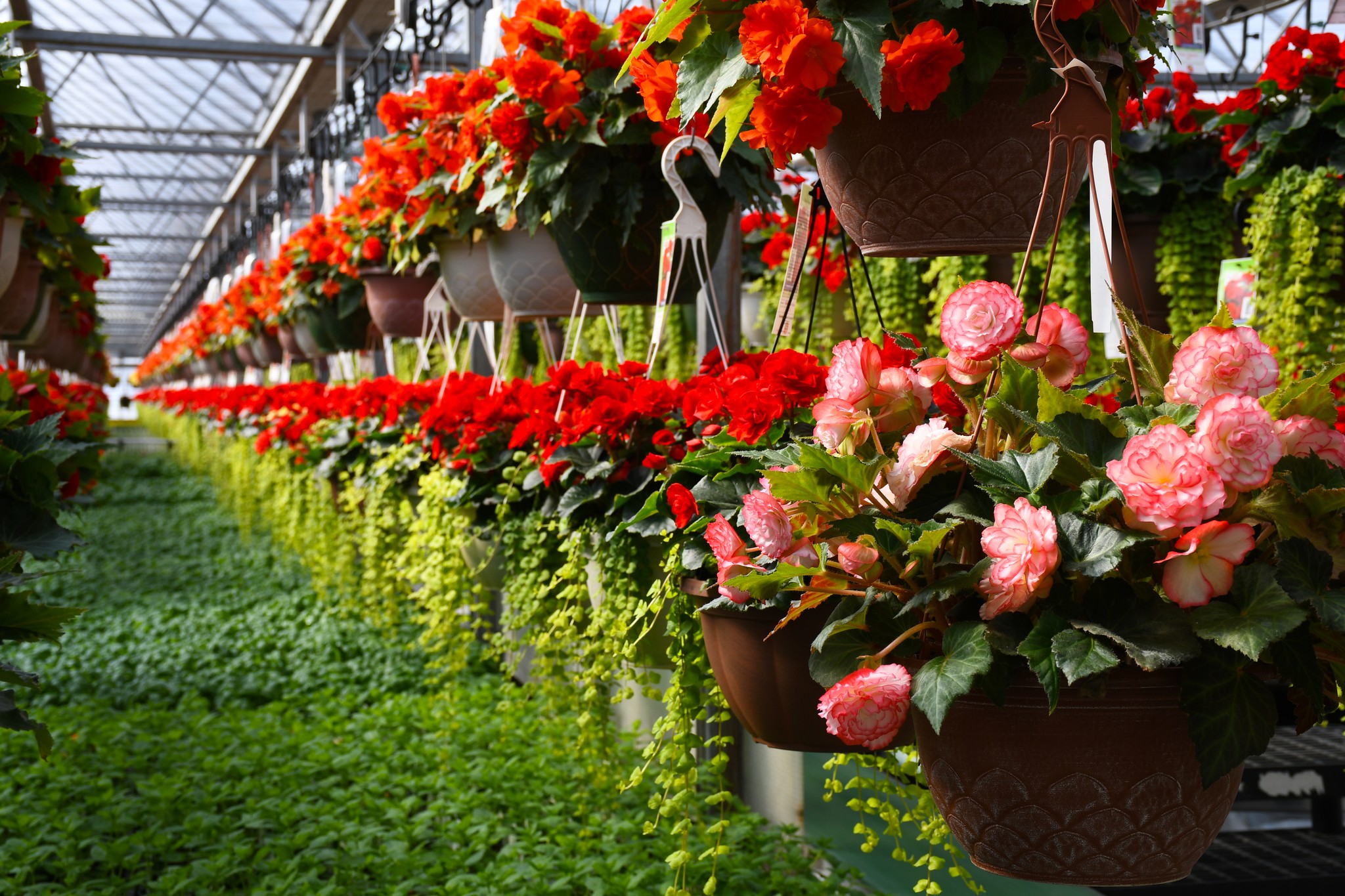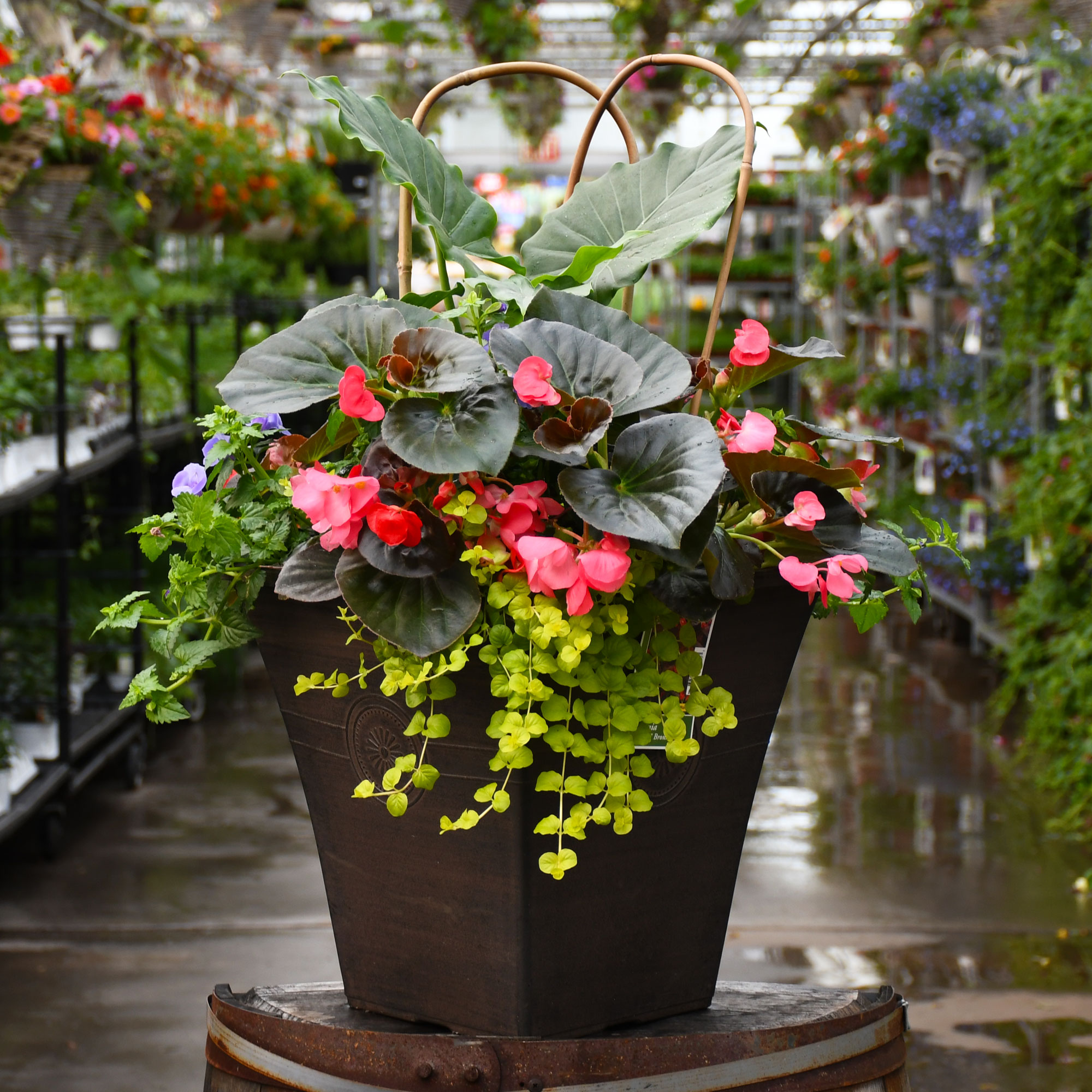Mandevilla (Rock Trumpet), 'White'

Out of stock
Sold out for the season, check back in the Spring!- Sun Preference
- Full-Sun
Description
This evergreen, twining vine produces stunning white trumpet flowers with gold eyes from spring until fall; a lovely choice for trellises, garden fences or walls; prefers part shade
Direct from the Grower
When you see the Gerten Grown logo on our annuals, you know you're getting a fresh plant directly from our greenhouse. We've been perfecting our growing process for over four generations and pride ourselves on providing local quality and freshness to our customers. Better pricing on better quality plant material, that's Gerten Grown.
Details
Height: 10 feet
Spread: 24 inches
Sunlight: ![]()
![]()
Hardiness Zone: (annual)
Other Names: Dipladenia
Description:
This evergreen, twining vine produces stunning white trumpet flowers with gold eyes from spring until fall; a lovely choice for trellises, garden fences or walls; prefers part shade
Ornamental Features
White Mandevilla features bold white tubular flowers with gold throats along the branches from late spring to mid fall. Its glossy pointy leaves remain dark green in color throughout the year. The fruit is not ornamentally significant.
Landscape Attributes
White Mandevilla is a multi-stemmed annual with a ground-hugging habit of growth. Its medium texture blends into the garden, but can always be balanced by a couple of finer or coarser plants for an effective composition.
This plant will require occasional maintenance and upkeep, and can be pruned at anytime. It is a good choice for attracting butterflies and hummingbirds to your yard, but is not particularly attractive to deer who tend to leave it alone in favor of tastier treats. Gardeners should be aware of the following characteristic(s) that may warrant special consideration;
- Insects
White Mandevilla is recommended for the following landscape applications;
- Accent
- Hedges/Screening
- General Garden Use
- Container Planting
Planting & Growing
White Mandevilla will grow to be about 10 feet tall at maturity, with a spread of 24 inches. As a climbing vine, it should either be planted near a fence, trellis or other landscape structure where it can be trained to grow upwards on it, or allowed to trail off a retaining wall or slope. Although it's not a true annual, this plant can be expected to behave as an annual in our climate if left outdoors over the winter, usually needing replacement the following year. As such, gardeners should take into consideration that it will perform differently than it would in its native habitat.
This plant does best in full sun to partial shade. It requires an evenly moist well-drained soil for optimal growth. It is not particular as to soil type or pH. It is highly tolerant of urban pollution and will even thrive in inner city environments. This particular variety is an interspecific hybrid, and parts of it are known to be toxic to humans and animals, so care should be exercised in planting it around children and pets. It can be propagated by cuttings; however, as a cultivated variety, be aware that it may be subject to certain restrictions or prohibitions on propagation.
White Mandevilla is a fine choice for the garden, but it is also a good selection for planting in outdoor pots and containers. Because of its spreading habit of growth, it is ideally suited for use as a 'spiller' in the 'spiller-thriller-filler' container combination; plant it near the edges where it can spill gracefully over the pot. It is even sizeable enough that it can be grown alone in a suitable container. Note that when growing plants in outdoor containers and baskets, they may require more frequent waterings than they would in the yard or garden.
More Information
| Common Family Name | Mandevilla |
|---|---|
| Sun Preference | Full-Sun |
| Plant Life Cycle | Annual |


